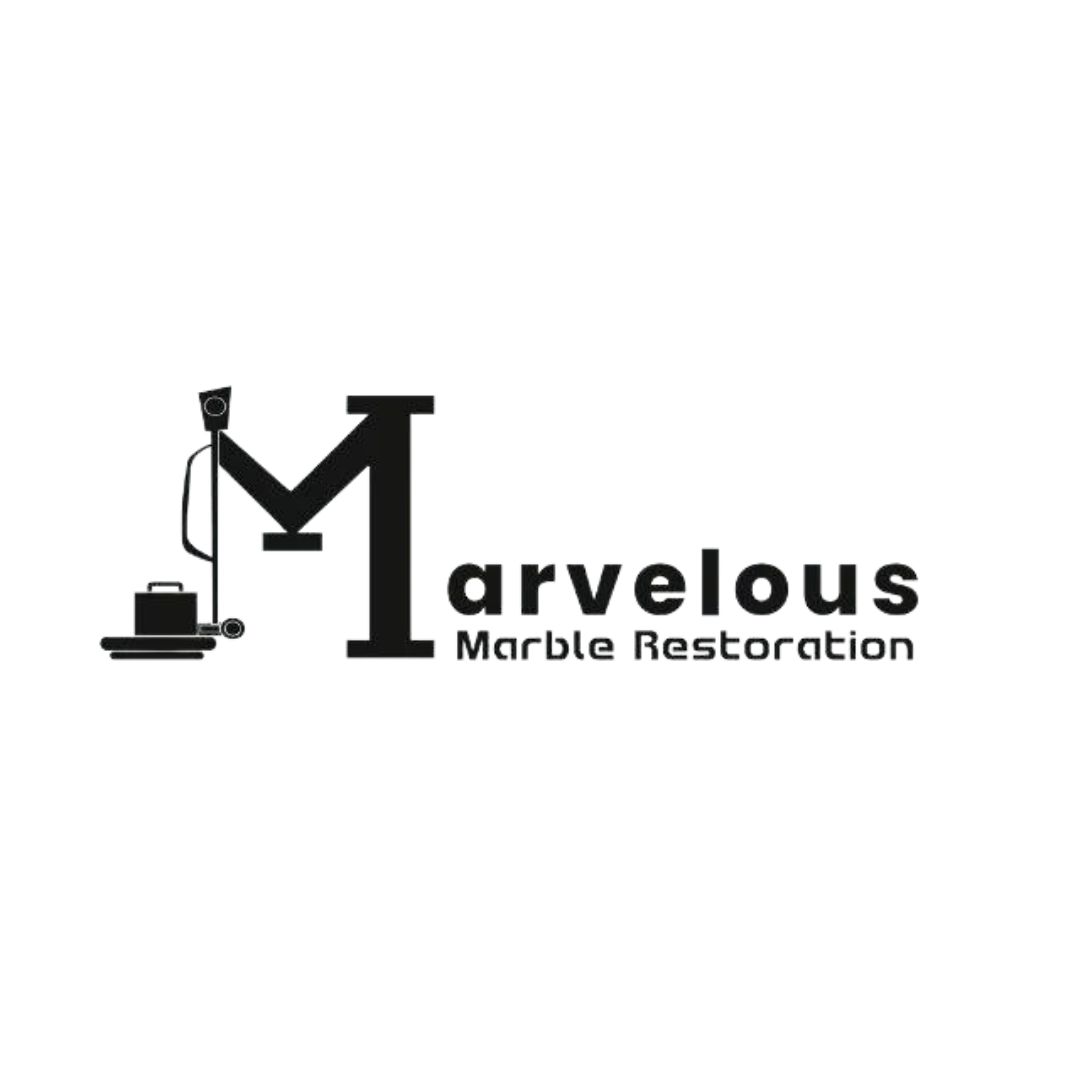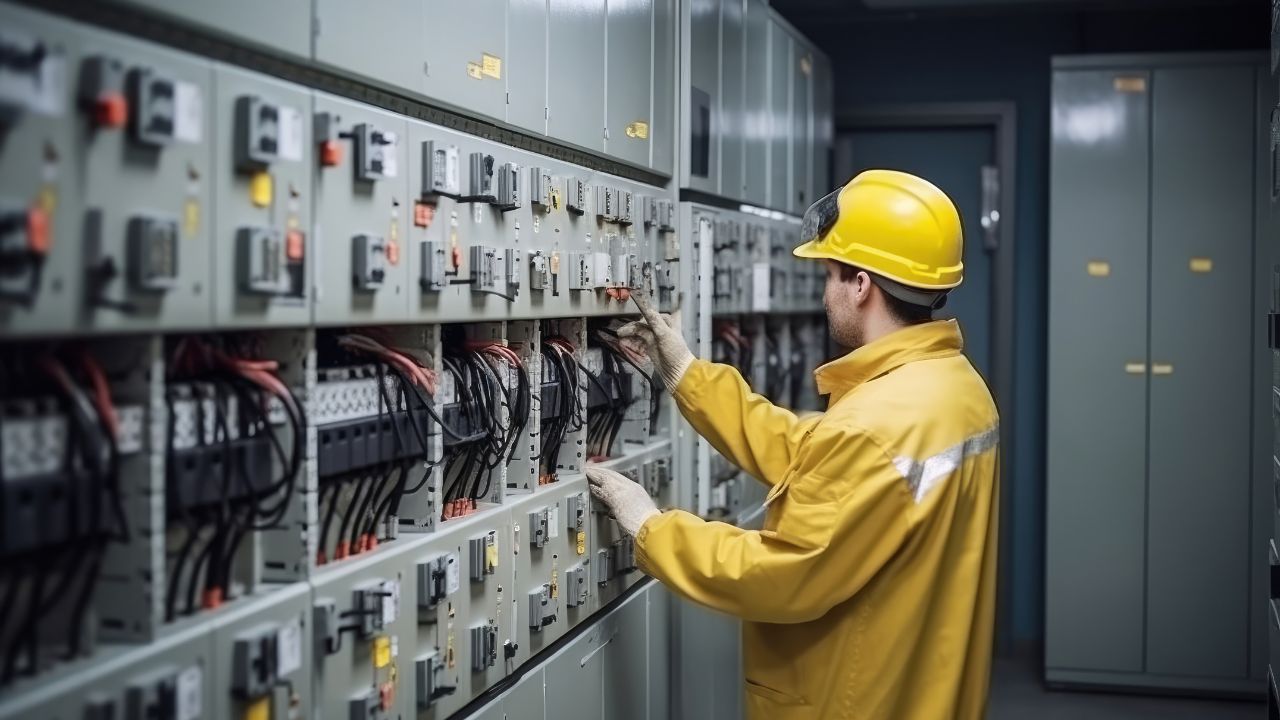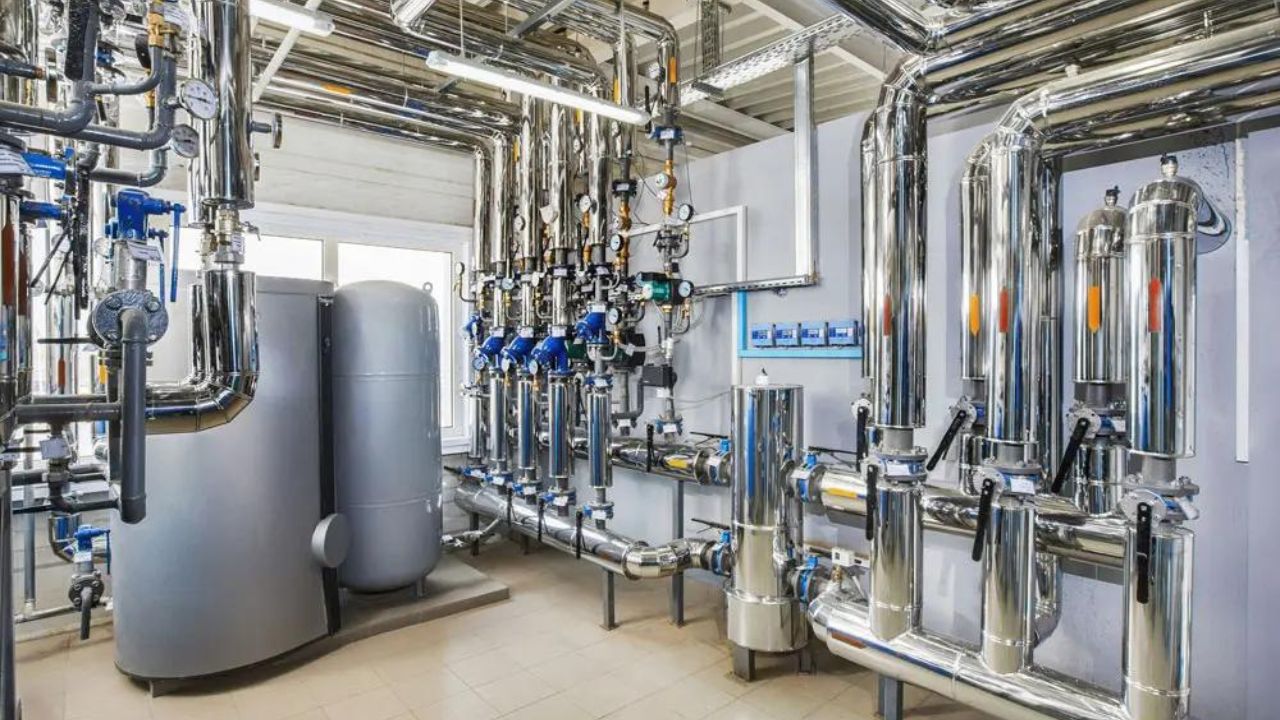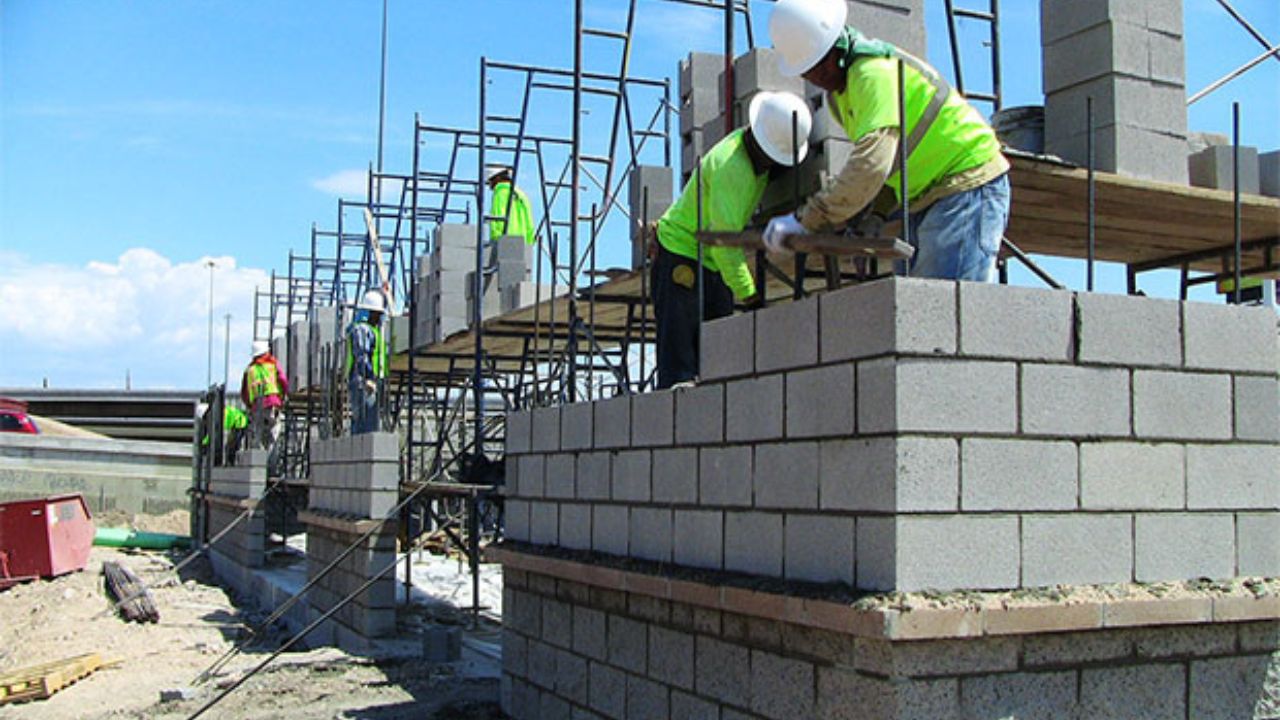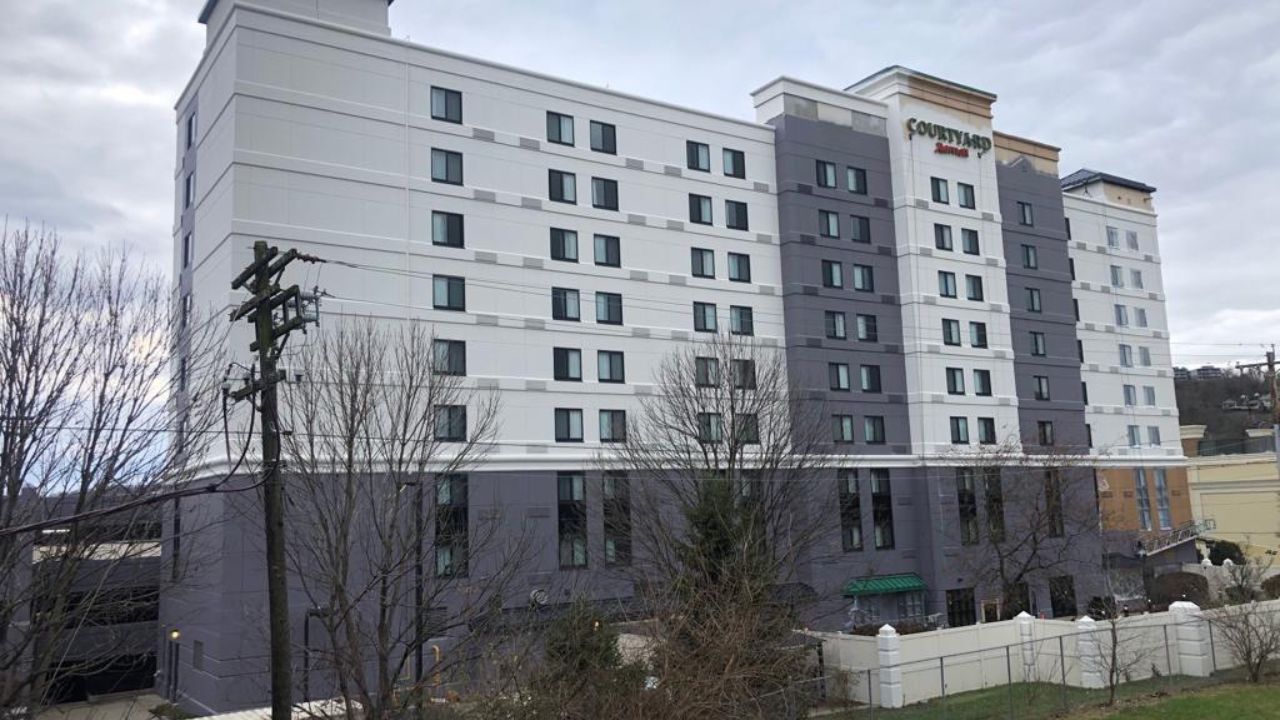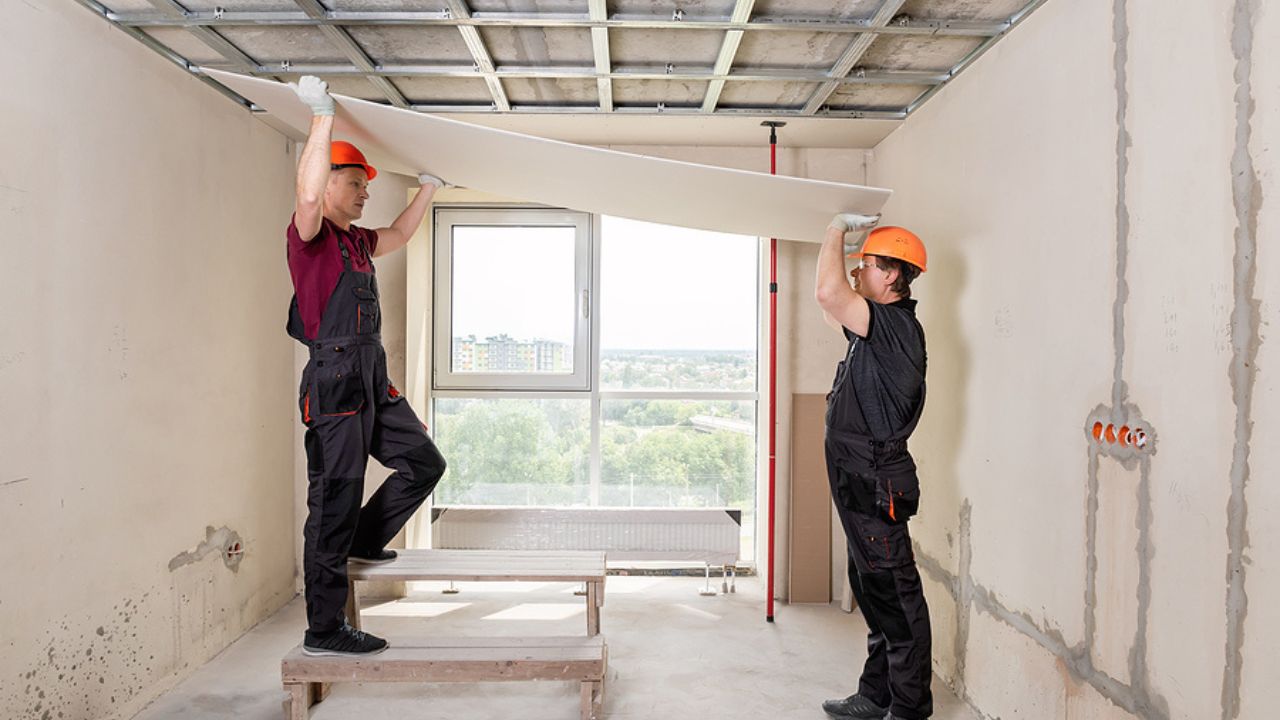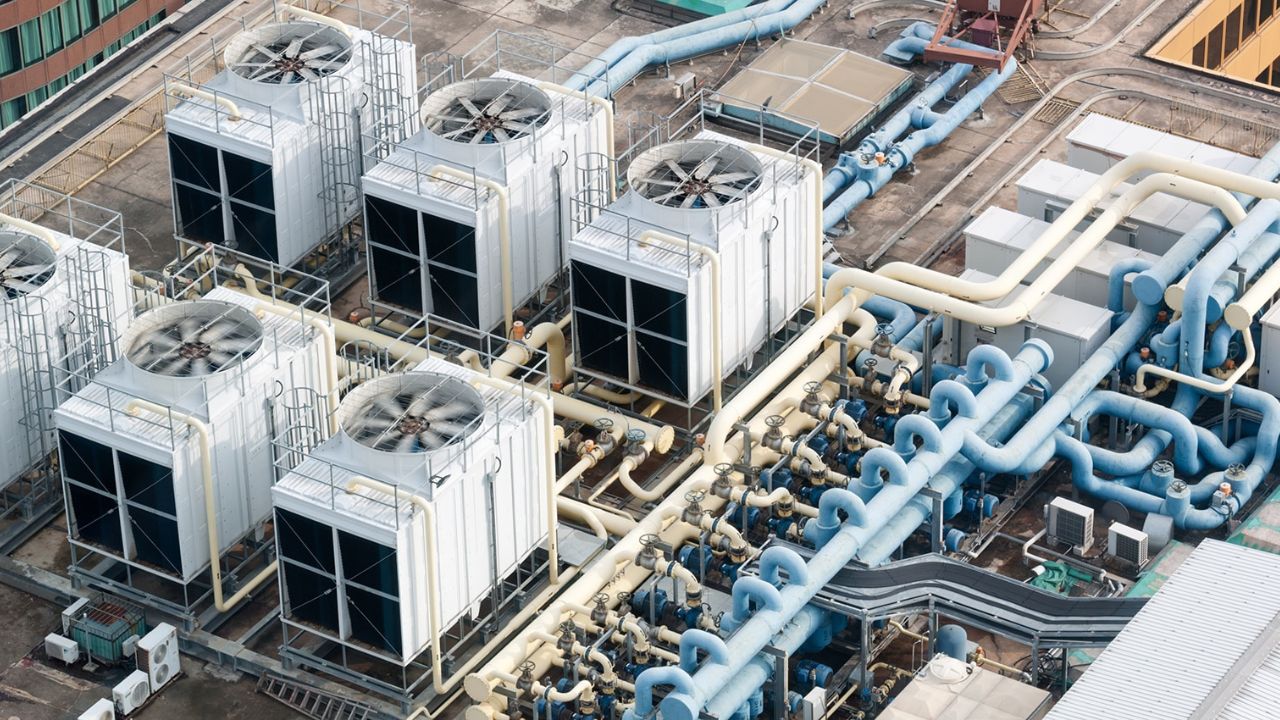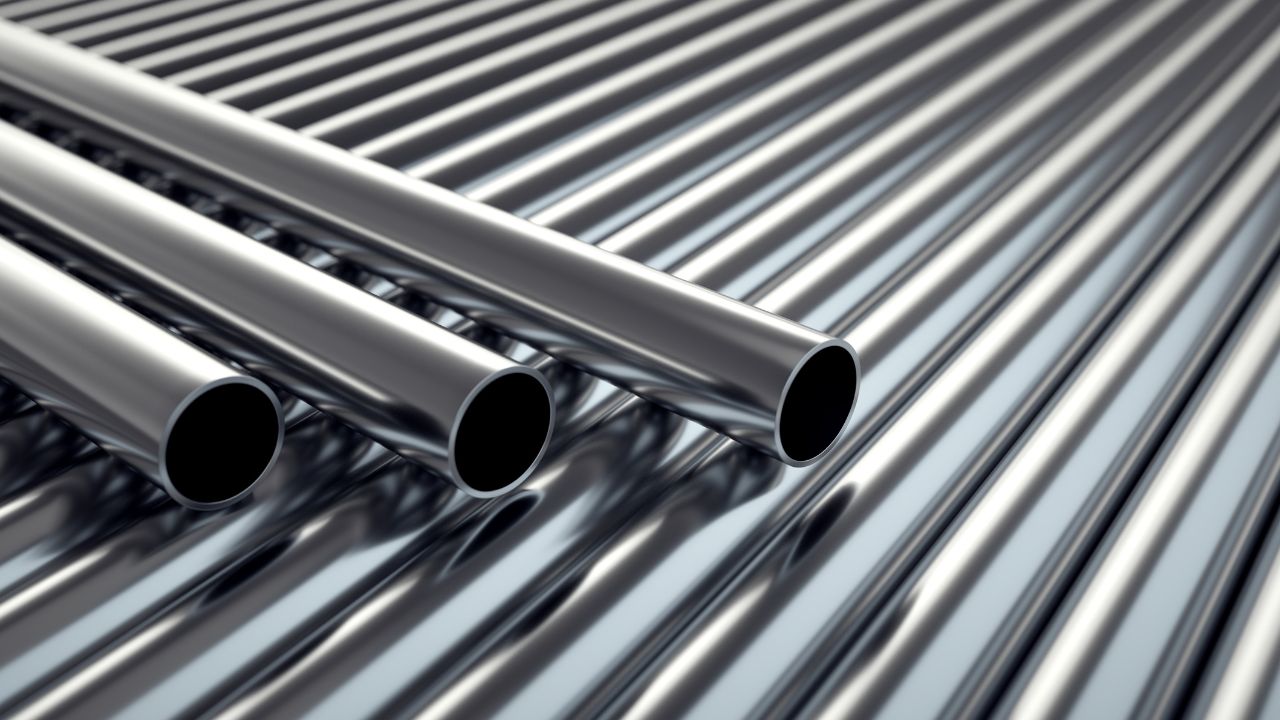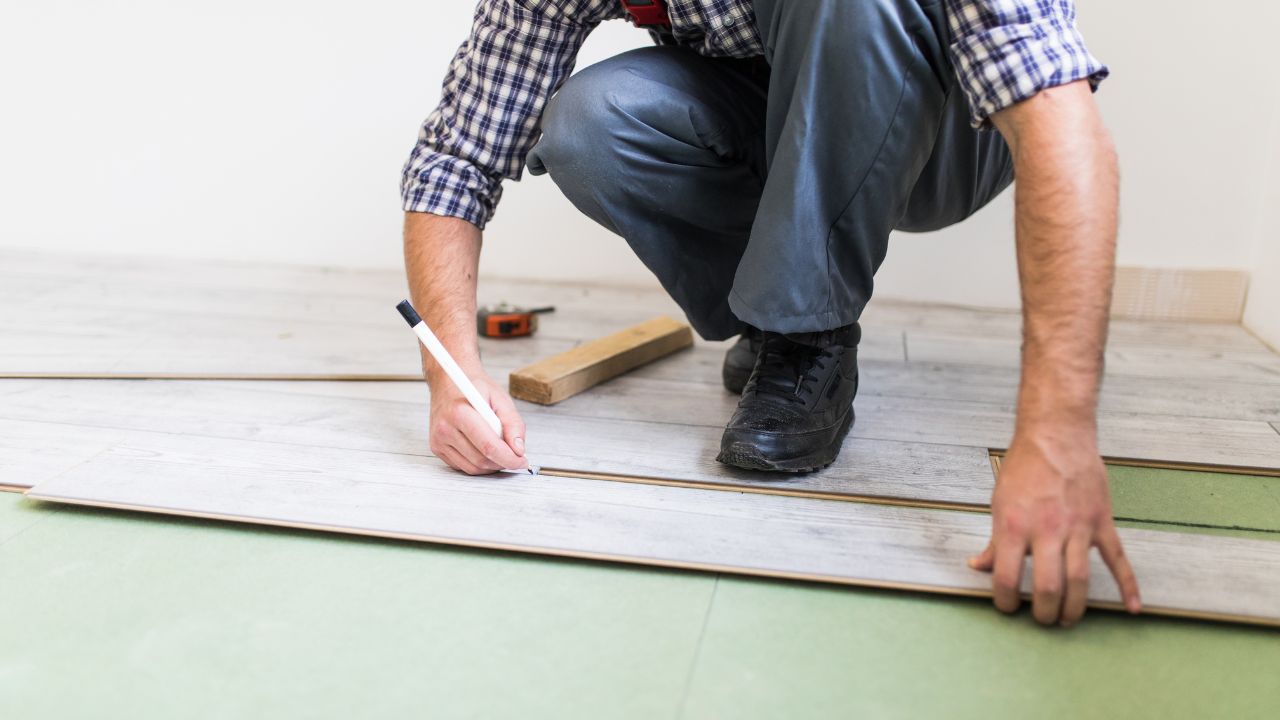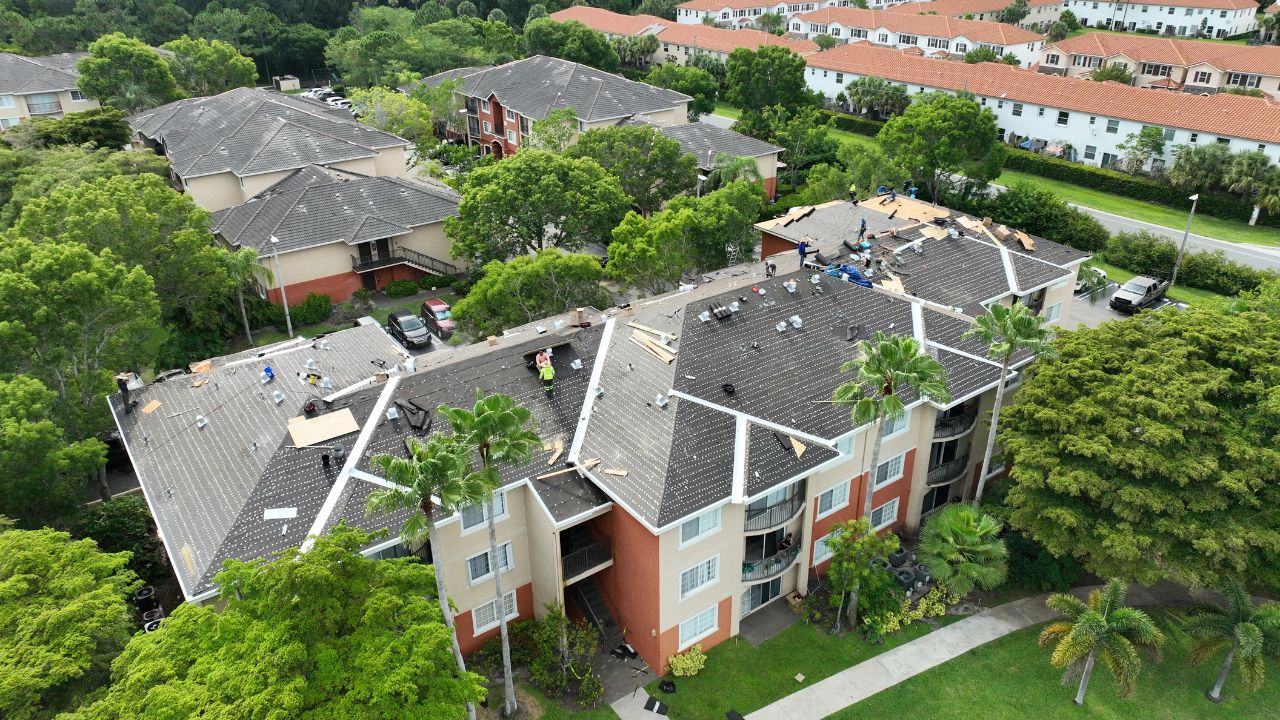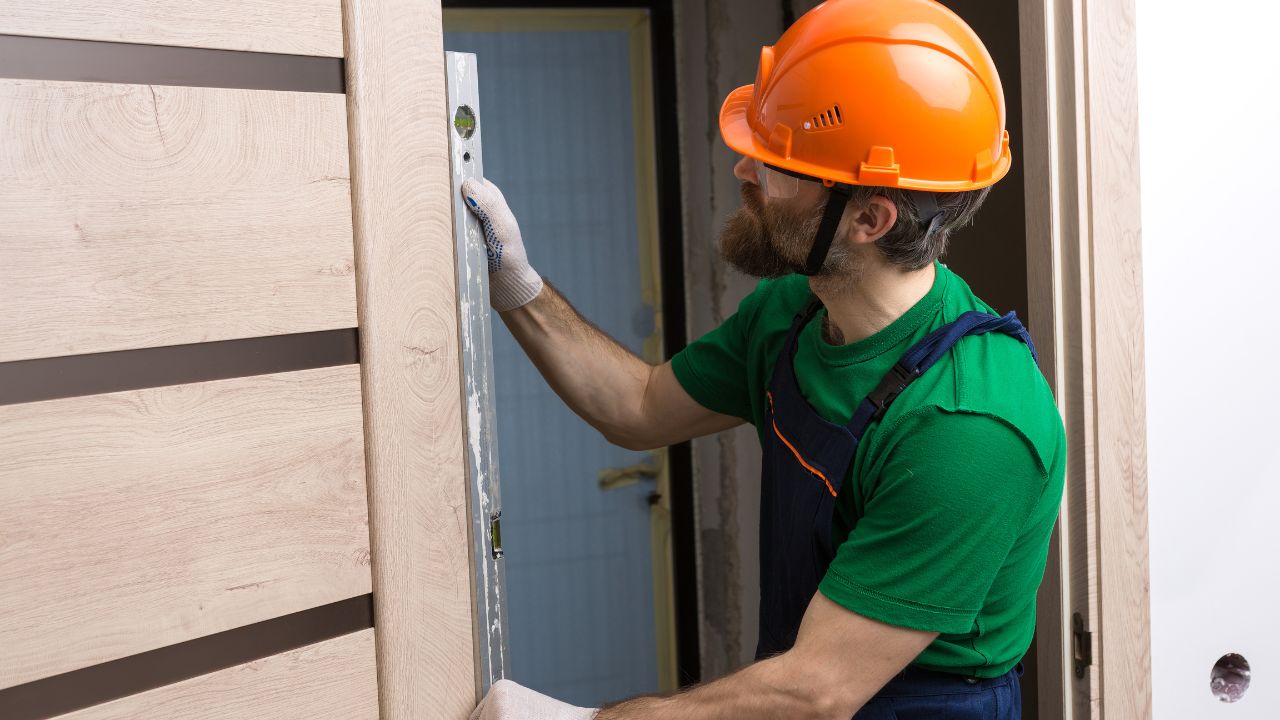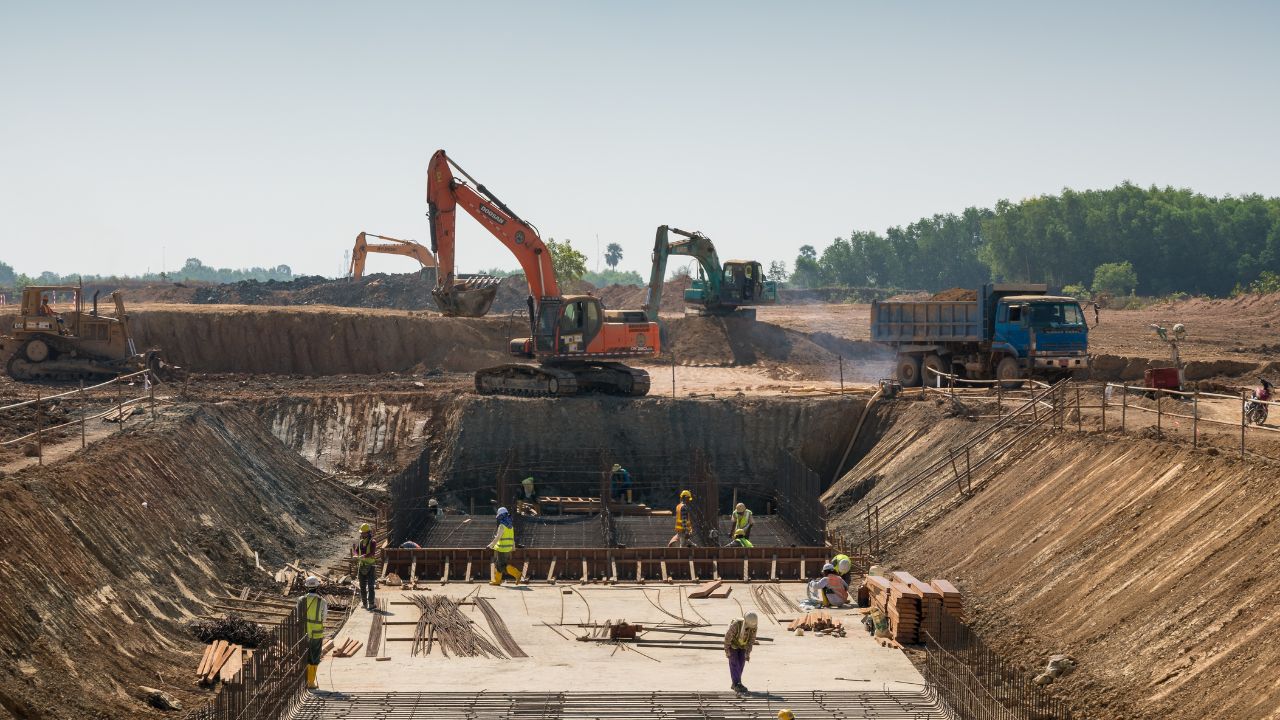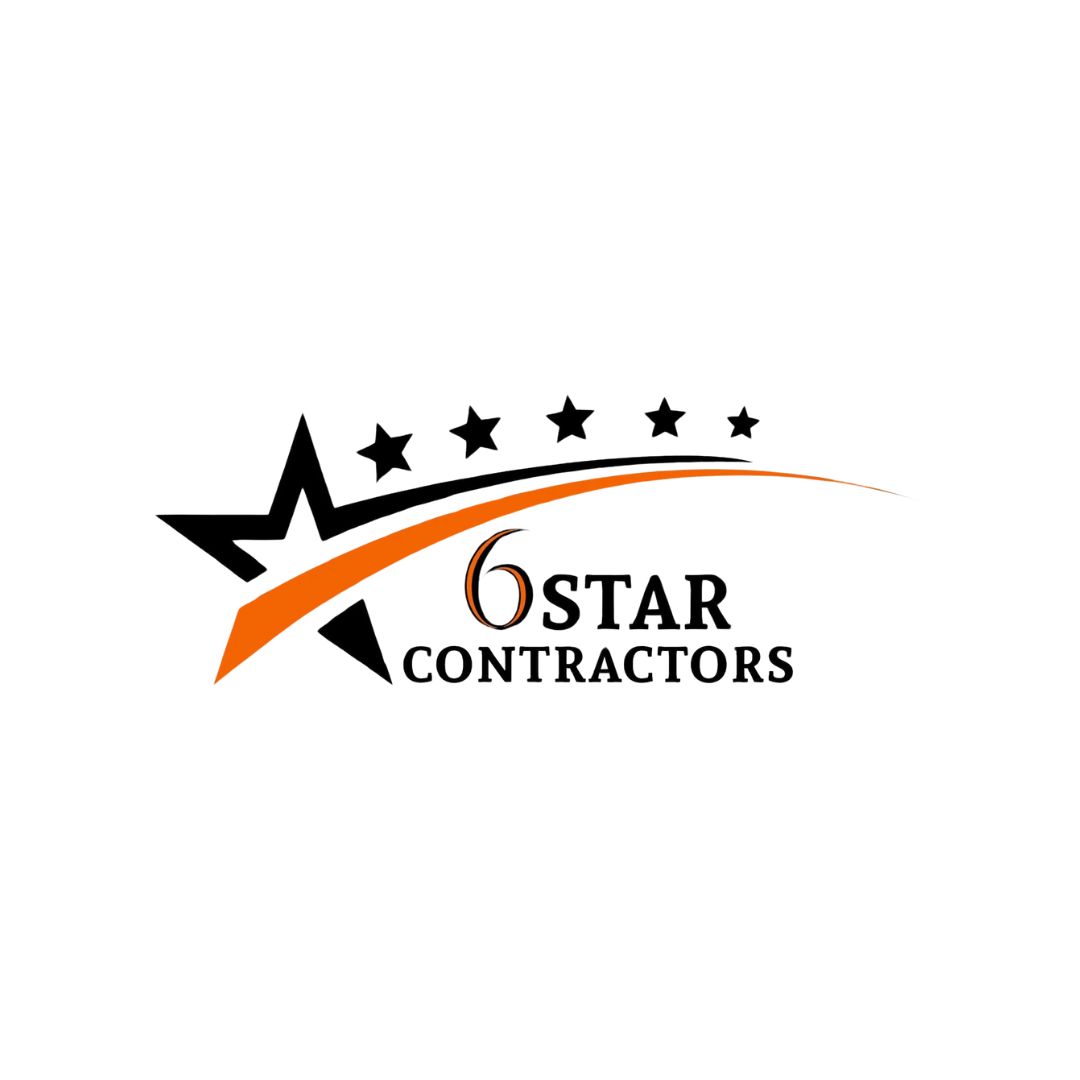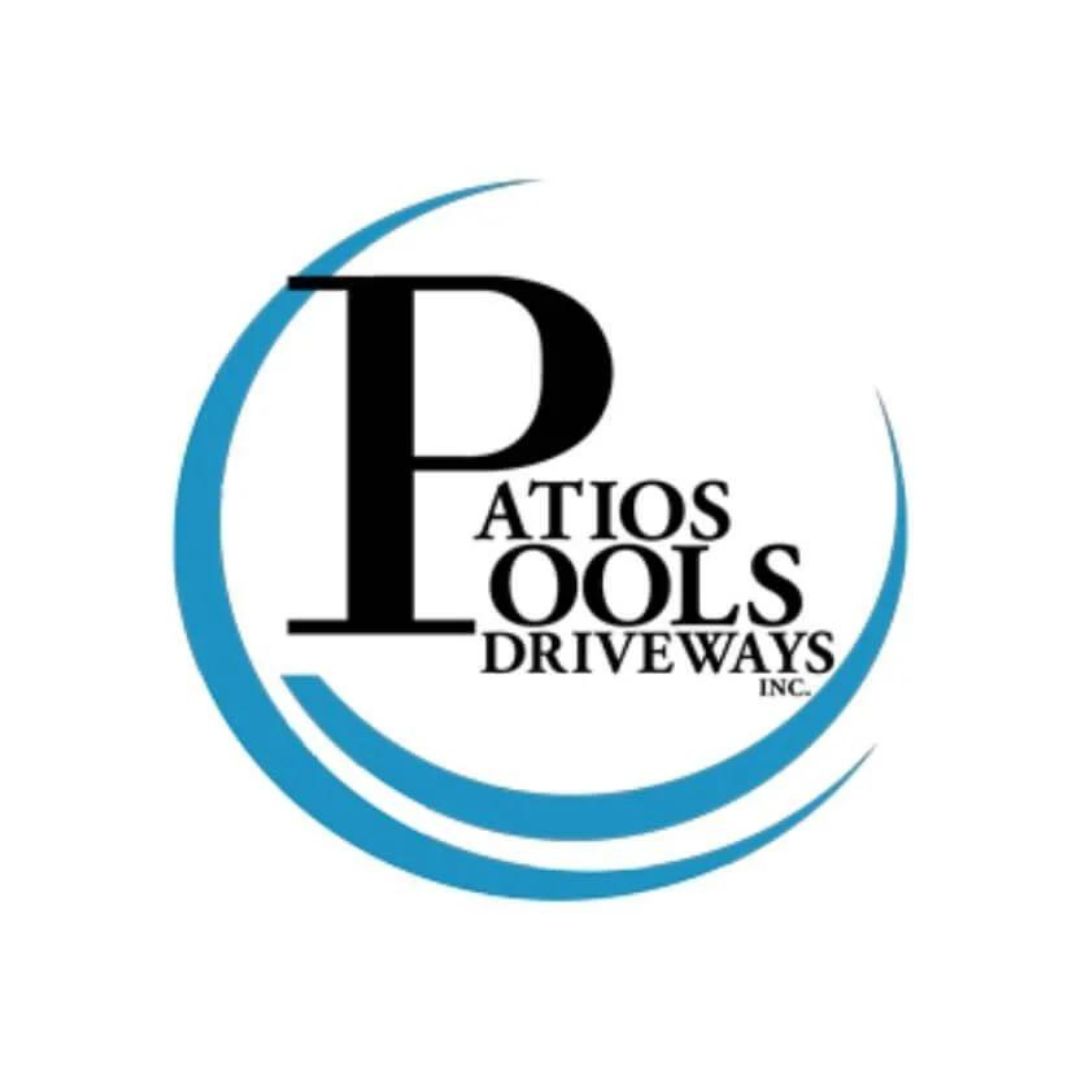In the ever-evolving realm of healthcare infrastructure, prioritizing both patient well-being and the security of medical facilities is paramount. This article aims to provide a comprehensive overview of estimating hospital building fence costs while addressing the intricacies of implementing robust security measures.
Perimeter Fencing Expenses
Securing the perimeter of a healthcare facility is crucial for maintaining the safety and privacy of patients, staff, and assets.
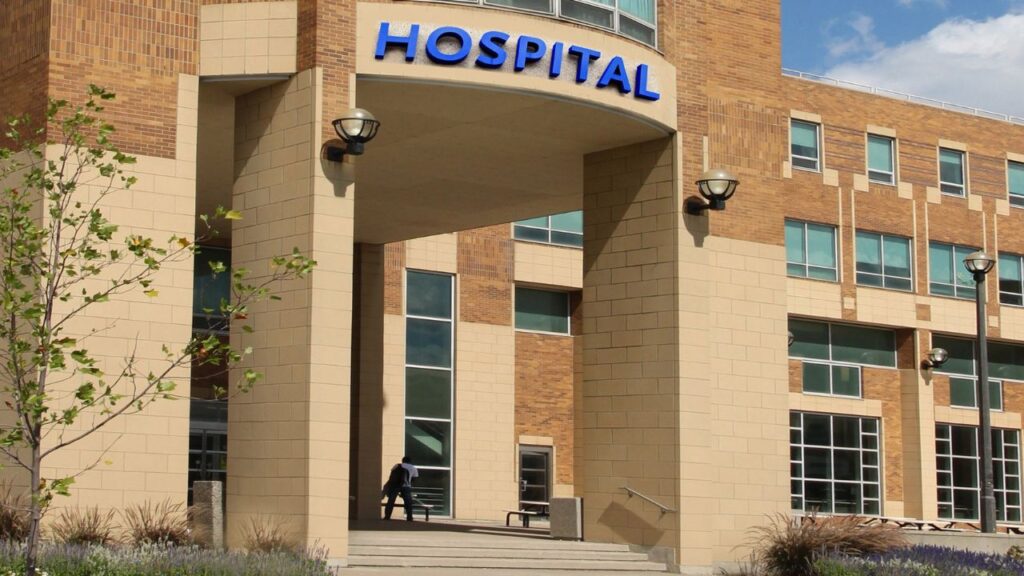
Understanding the costs associated with perimeter fencing involves considering various factors, including material expenses, installation fees, and technology integration. Here’s a breakdown of each aspect:
Material Expenses:
- Fencing Material: The type of fencing material plays a significant role in determining costs. Common materials include chain-link, steel, aluminum, vinyl, and wood. Each material has different costs associated with purchase and maintenance.
- Height and Thickness: The height and thickness of the fence are critical factors in deterring potential intruders. Taller and thicker fences generally cost more but provide better security.
- Coatings and Finishes: Special coatings or finishes, such as anti-corrosion coatings or powder coating, can add to the upfront cost but may reduce maintenance expenses in the long run.
Installation Fees:
- Labor Costs: The cost of hiring professionals for installation, including labor, equipment, and any required permits. Complex terrains or existing structures may increase labor costs.
- Foundation Requirements: The type of foundation needed for the fencing can impact installation costs. Some terrains may require additional groundwork, such as excavation or leveling.
Technology Integration:
- Surveillance Systems: Integrating surveillance cameras into the perimeter fencing can enhance security. Costs include the purchase of cameras, wiring, and the installation of a monitoring system.
- Access Control Systems: Implementing access control technology, such as card readers, biometric systems, or keypads, can add to the overall expenses.
- Intrusion Detection Systems: Installing sensors or alarms along the perimeter can provide early warning of potential breaches. This involves both equipment costs and installation fees.
Maintenance Costs:
- Regular Inspection and Repairs: Ongoing maintenance, including regular inspections, repairs, and repainting, is necessary to ensure the effectiveness and longevity of the perimeter fencing.
- Technology Upgrades: As technology advances, there may be a need for periodic upgrades to surveillance, access control, or intrusion detection systems.
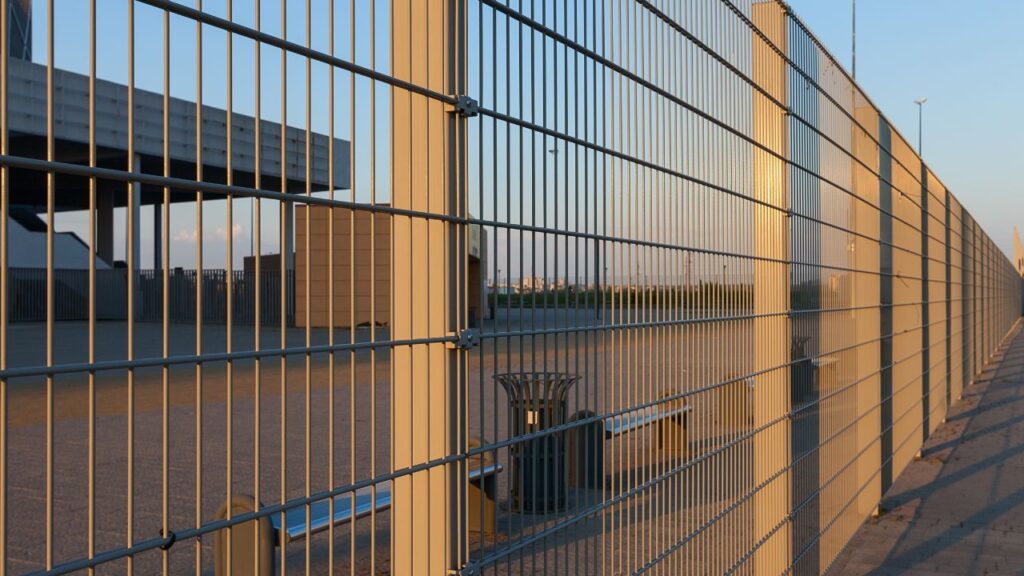
Regulatory Compliance:
Compliance Costs: Ensuring that the perimeter fencing meets local building codes, healthcare regulations, and security standards may involve additional expenses.
Contingency and Hidden Costs:
- Contingency Budget: It’s advisable to include a contingency budget for unforeseen circumstances or changes in project scope.
- Hidden Costs: Consider any hidden costs, such as landscaping adjustments, environmental impact assessments, or community outreach efforts.
Material Expenses:
Material | Considerations | Estimated Cost Range |
Fencing Material | Chain-link, steel, aluminum, vinyl, wood | $10 – $50 per linear foot |
Height and Thickness | Taller and thicker fences generally cost more for better security | $20 – $80 per linear foot |
Coatings and Finishes | Anti-corrosion coatings, powder coating | Additional $5 – $20 per linear foot |
Installation Fees:
Aspect | Considerations | Estimated Cost Range |
Labor Costs | Installation professionals, labor, equipment, permits | $15 – $40 per linear foot |
Foundation Requirements | Type of foundation, additional groundwork | $5 – $20 per linear foot |
Technology Integration:
System | Considerations | Estimated Cost Range |
Surveillance Systems | Cameras, wiring, monitoring system | $2,000 – $10,000 per camera |
Access Control Systems | Card readers, biometric systems, keypads | $1,000 – $5,000 per access point |
Intrusion Detection Systems | Sensors, alarms | $500 – $2,000 per sensor |
Want to Start Your Project with the Best Contractors?
Let’s Take Your Projects to the Next Level.
& What's you will get:
- Connecting You to Top Local Contractors
- Professional Consulting, Contractors Near You
- From Expert Advice to Local Contractor Connections
Contact Now
Let's discuss with a cup of coffe
Maintenance Costs:
Aspect | Considerations | Estimated Cost Range |
Regular Inspection and Repairs | Ongoing maintenance, inspections, repainting | $1,000 – $5,000 annually |
Technology Upgrades | Periodic upgrades for surveillance, access control, or intrusion detection systems | Varies based on technology |
Regulatory Compliance:
Aspect | Considerations | Estimated Cost Range |
Compliance Costs | Meeting local building codes, healthcare regulations, security standards | Varies based on requirements |
Contingency and Hidden Costs:
Aspect | Considerations | Estimated Cost Range |
Contingency Budget | Unforeseen circumstances, changes in project scope | 5% – 10% of total project cost |
Hidden Costs | Landscaping adjustments, environmental impact assessments, community outreach | Varies based on factors |
Note: These cost ranges are estimates and may vary based on specific project requirements, location, and market conditions.
Security Fence Pricing
Material Durability:
Security fence pricing is significantly influenced by the choice of materials, each with its unique characteristics. Chain-link fences, while generally more affordable, may lack the durability and aesthetic appeal of other options. Steel fences, renowned for their strength, come at a higher cost but offer enhanced durability, with estimated costs ranging from $30 to $80 per linear foot. Aluminum fences, being lightweight and corrosion-resistant, are often priced between chain-link and steel, averaging $40 to $60 per linear foot.
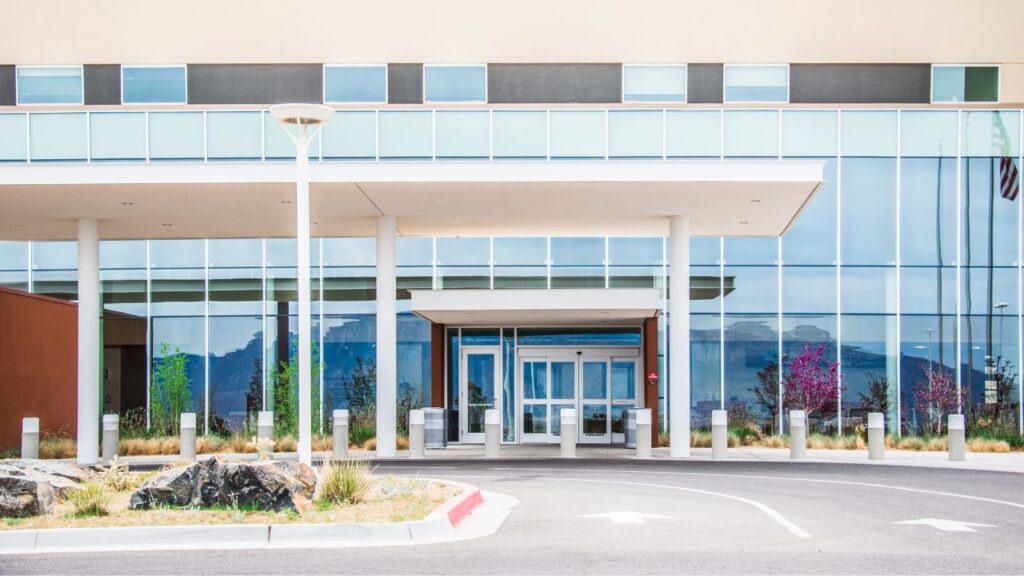
Vinyl fences, durable and low-maintenance with various style options, may entail a higher upfront cost, ranging from $35 to $70 per linear foot. The material’s durability is a critical factor in determining both immediate and long-term expenses associated with security fencing. For hospital perimeter security, estimate hospital fence costs including materials and installation.
Height of the Fence:
The height of the security fence is a pivotal consideration, directly impacting costs. Taller fences provide heightened security but also incur higher expenses due to the need for additional materials and labor during installation. Local building codes and regulations may dictate minimum or maximum fence heights, further influencing costs and necessitating compliance adjustments. The decision on fence height involves a balance between security needs, regulatory requirements, and budget considerations, with estimated costs ranging from $20 to $100 per linear foot.
Additional Security Features:
The incorporation of additional security features plays a crucial role in determining security fence pricing. Barbed wire or razor wire added to the top enhances security but comes with added costs, ranging from $500 to $2,000 per feature. Anti-climb features, involving specialized designs to deter climbing attempts, may result in additional expenses. Furthermore, the installation of security gates equipped with electronic access control systems or other security measures contributes to the overall cost. These features are essential components in tailoring the security fence to the specific needs of the healthcare facility.
Labor Costs:
Labor costs are influenced by the complexity of the installation process. Factors such as terrain, existing structures, and the need for excavation contribute to installation complexity, potentially leading to higher labor costs. Complex installations, particularly in healthcare facilities where precision is vital, may require specialized skills, further impacting the overall labor expenses associated with security fence installation. Estimated labor costs range from $15 to $40 per linear foot, varying by complexity.
Get High-Quality 3D Rendering Today!
Transform your space with stunning 3D rendering that blends style, comfort, and functionality.
We Specialize in Both Residential and Commercial 3D Rendering Projects.
- Luxury Villas
- Apartment Complexes
- Condominiums
- Schools
- Office Buildings
- Shopping Malls
- Hospitals
- Hotels & Resorts
Coatings and Finishes:
Protective coatings and finishes contribute to the longevity of security fences but also impact pricing. Options such as powder coating or paint add a layer of protection against environmental elements but come with additional costs, ranging from $5 to $20 per linear foot. The decision to invest in coatings and finishes involves a trade-off between upfront expenses and long-term durability, emphasizing the need for a comprehensive understanding of these considerations.
Quantity and Scale:
Project size and volume discounts are crucial factors influencing security fence pricing. Purchasing materials in larger quantities may qualify for volume discounts, reducing the per-unit cost. Larger projects benefit from economies of scale, potentially leading to cost savings. Evaluating the project’s scale and exploring opportunities for volume discounts are integral steps in estimating security fence costs accurately.
Local Market Conditions:
Regional pricing dynamics play a significant role in determining security fence costs. Local market conditions, including variations in labor costs and material availability, can impact overall pricing. The level of competition among suppliers and contractors in the area also contributes to market-driven pricing. An awareness of these local conditions is essential for developing a realistic and competitive budget for security fencing projects.
Warranty and Maintenance Costs:
Considering warranty periods and maintenance requirements is vital for a comprehensive understanding of security fence pricing. Fences with longer warranty periods may have higher upfront costs but can result in lower long-term maintenance expenses. The durability and maintenance needs of different materials should be factored into the overall cost analysis, ensuring that the chosen security fence aligns with the healthcare facility’s budget and operational considerations.
Customization:
The complexity of design and customization can impact security fence pricing. Custom designs or special features may incur higher costs due to the need for specialized manufacturing and installation. The extent of customization required for the healthcare facility’s unique needs should be carefully assessed, balancing the desire for tailored solutions with budgetary considerations.
Shipping and Logistics:
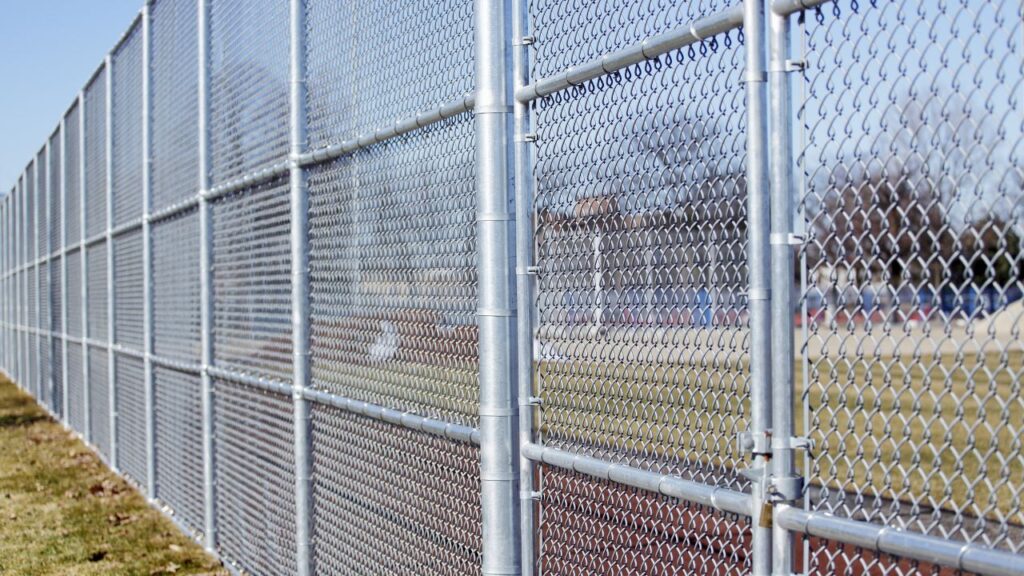
Transportation costs, including shipping and logistics, are important contributors to security fence pricing. Depending on the distance between the supplier and the healthcare facility, transportation expenses can vary. The intricacies of logistics, including handling and delivery, influence the overall project budget. An understanding of these shipping and logistics factors is crucial for accurate cost estimation, with estimated transportation costs ranging from $1,000 to $5,000 depending on distance and logistics complexity.
Access Control System Costs
Implementing access control systems is crucial for regulating entry. Estimating costs includes considerations for technology, installation fees, and ongoing maintenance expenses.
The costs associated with implementing access control systems can vary widely based on the specific needs and features required for a particular facility. Generally, the cost range for access control systems can be categorized as follows:
Basic Access Control Systems:
- Technology: Proximity cards, basic key fobs
- Installation: Moderate complexity
- Ongoing Maintenance: Routine inspections and updates
- Cost Range: $1,500 to $5,000 per access point
Intermediate Access Control Systems:
- Technology: Smart cards, biometric scanners (fingerprint, retina, etc.)
- Installation: Moderate to high complexity
- Ongoing Maintenance: Regular inspections, software updates
- Integration: Limited integration with other systems
- Cost Range: $5,000 to $15,000 per access point
Advanced Access Control Systems:
- Technology: Multi-factor authentication, smart cards with additional features
- Installation: High complexity, integration with other security systems
- Ongoing Maintenance: Regular inspections, comprehensive software updates
- Scalability: Easily expandable for future needs
- Customization: Tailored to specific security requirements
- Cost Range: $15,000 to $50,000+ per access point
It’s important to note that these cost ranges are approximate and can vary based on factors such as the size of the facility, the number of access points, the level of security required, and the chosen technology. Additionally, expenses related to training, compliance, and warranty services may contribute to the overall cost.
Fence Replacement Pricing
Current Infrastructure Assessment:
Before embarking on a fence replacement project for an existing medical facility, a thorough assessment of the current infrastructure is paramount. This evaluation involves scrutinizing the condition of the existing fencing, taking into account factors such as wear, damage, and the type of material used. Understanding the state of the current fencing is crucial for making informed decisions about whether repair or complete replacement is necessary. Additionally, assessing removal and disposal costs for the old fence is essential in developing an accurate budget for the replacement project. By conducting a comprehensive infrastructure assessment, healthcare facilities can make strategic decisions that align with their security needs and financial considerations.
90% More Chances to Win Hospital Fence Bids with
Our Estimate!
Regulatory Changes:
Staying abreast of regulatory changes is a critical aspect of planning a fence replacement project for medical facilities. Building codes, healthcare regulations, and zoning requirements can undergo revisions that impact fencing specifications. Compliance with these regulations is not only a legal obligation but also ensures that the facility’s security measures meet the latest standards. Regularly monitoring and understanding these changes help healthcare administrators make informed choices regarding the replacement fence, ensuring it aligns with both legal requirements and the evolving needs of the medical facility.
Security Technology Advancements:
As technology continues to advance, integrating new security features becomes a key consideration in perimeter security projects. In the context of fence replacement for medical facilities, exploring cutting-edge security technologies is essential. This includes assessing the compatibility of new security systems with the existing infrastructure. Surveillance cameras, access control systems, and intrusion detection features can greatly enhance the security posture of the facility. The integration of these technologies should be carefully planned to create a cohesive and effective security solution tailored to the unique requirements of the healthcare setting.
Fence Design and Specifications:
Determining the design and specifications of the replacement fence is a pivotal step in the planning process. The choice of material, fence height, and additional security features should be driven by the specific security needs of the medical facility. Factors such as the level of privacy required, desired aesthetics, and the facility’s vulnerability to potential threats all play a role in shaping the fence design. By carefully considering these specifications, healthcare facilities can strike a balance between security, functionality, and visual appeal, ultimately creating a perimeter that meets their unique requirements.
Labor Costs and Installation:
Accounting for labor costs and evaluating the complexity of the installation process are fundamental aspects of estimating the overall budget for fence replacement. The removal of the old fence and the installation of the new one require skilled labor, and the intricacies of the project, such as challenging terrain or the presence of existing structures, can impact labor costs. Understanding the nuances of installation complexity is crucial for selecting the right contractors and ensuring that the project proceeds smoothly and efficiently.
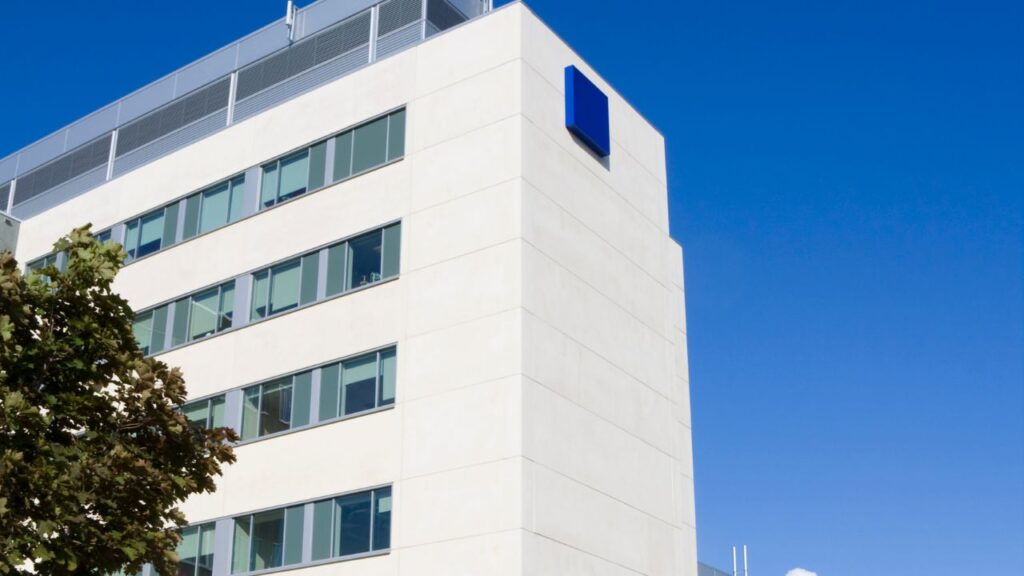
Project Size and Scale:
Considering the size and scale of the fence replacement project is essential for accurate budgeting. Linear footage, the number and type of gates, and the overall project size directly influence material costs and labor requirements. Larger projects may benefit from economies of scale, but they can also pose logistical challenges that need to be carefully addressed. A thorough understanding of the project’s size and scale allows for precise planning and resource allocation, preventing potential budgetary surprises.
Contingency Planning:
In any construction or renovation project, including a contingency budget is a prudent financial strategy. Unforeseen circumstances, unexpected expenses, or changes in project scope can arise during the fence replacement process. Including a contingency plan ensures financial flexibility, allowing the medical facility to address unexpected challenges without jeopardizing the overall success of the project. This proactive approach to contingency planning is a key element in responsible project management, providing a safety net for the uncertainties that may emerge during the course of the fence replacement project.
Fence Type and Price Range:
Fence Type | Price Range (per linear foot) | Details |
Basic Chain-Link Fence | $10 to $20 | Common and cost-effective option for facilities where basic security is sufficient. |
Steel Fence | $20 to $40 | Provides enhanced durability and security, suitable for facilities requiring a higher level of protection. |
Aluminum Fence | $15 to $30 | Balances durability and aesthetics, with resistance to corrosion. A mid-range option in terms of cost. |
Vinyl Fence | $25 to $50 | Durable, low-maintenance, and available in various styles. On the higher end of the price spectrum. |
Additional Security Features:
Feature | Cost | Details |
Barbed Wire or Razor Wire | $5 to $10 (added to base cost) | Enhances security; cost is in addition to the base fence cost. |
Anti-Climb Features | Costs vary | Cost depends on design and complexity. |
Security Gates with Access Control | $1,000 to $10,000 per gate | Cost varies based on technology and features; includes access control systems. |
Labor Costs and Installation:
Aspect | Cost Range | Details |
Labor Costs | $20 to $50 per linear foot | Range depends on factors such as installation complexity, terrain, and removal of the existing fence. |
Technology Integration:
Technology | Cost | Details |
Surveillance Cameras | $500 to $2,000 per camera | Cost includes installation; enhances security through surveillance. |
Access Control Systems | $1,000 to $5,000 per entry point | Cost varies based on complexity; controls access to the fenced area. |
Intrusion Detection Systems | $500 to $2,000 per sensor | Cost includes installation; provides early warning of potential breaches. |
Regulatory Compliance and Permits:
Aspect | Cost | Details |
Compliance and Permits | Varies | Costs vary based on local regulations; may range from a few hundred to several thousand dollars. |
Contingency Budget:
Aspect | Cost Range | Details |
Contingency | 10% to 20% of total project cost | Recommended to account for unexpected expenses during the project. |
Note: The costs provided are for informational purposes and may vary based on specific project requirements, location, and market conditions.
Conclusion
Securing the perimeters of healthcare facilities is a multifaceted endeavor that demands a thorough understanding of various factors influencing hospital building fence costs. This comprehensive overview delves into material considerations, installation intricacies, and technological advancements to empower decision-makers in estimating accurate budgets. From addressing regulatory compliance to incorporating cutting-edge security features, the article underscores the importance of meticulous planning in creating robust and effective security measures for medical facilities. The provided cost breakdowns serve as valuable guides, emphasizing the need for tailored solutions that prioritize both patient well-being and the security of healthcare infrastructure. As the healthcare industry evolves, adopting proactive approaches to perimeter security ensures a safe and protected environment for patients, staff, and assets within medical facilities.
FAQs:
The cost of hospital building perimeter fencing is influenced by various factors, including the choice of fencing material, height and thickness of the fence, coatings and finishes, labor costs, foundation requirements, and the integration of security technologies. Each of these elements contributes to the overall expenses associated with securing the healthcare facility.
Different fencing materials, such as chain-link, steel, aluminum, vinyl, and wood, come with varying costs for both purchase and maintenance. Understanding the durability, aesthetics, and long-term expenses associated with each material is crucial in estimating and planning for the overall security fence budget.
Additional security features, such as barbed wire or razor wire, anti-climb designs, and security gates with access control systems, play a crucial role in enhancing the security of healthcare facilities. However, these features come with added costs, and the article provides insights into estimating expenses associated with each security enhancement.
Healthcare facilities considering fence replacement should conduct a thorough assessment of the current infrastructure, stay informed about regulatory changes, and explore advancements in security technology. Additionally, factors like fence design, labor costs, project size, and a contingency budget are essential considerations for successful planning and execution.
Local market conditions, including variations in labor costs and material availability, can impact security fence pricing. Understanding and complying with local building codes, healthcare regulations, and security standards are crucial aspects of estimating costs accurately. The article provides insights into navigating these factors for effective budget planning.
Comprehensive Trade-Specific Estimates
At Estimate Florida Consulting, we offer detailed cost estimates across all major trades, ensuring no part of your project is overlooked. From the foundation to the finishing touches, our trade-specific estimates provide you with a complete and accurate breakdown of costs for any type of construction project.
Our Simple Process to Get Your Estimate
Upload Plans
Submit your project plans, blueprints, or relevant documents through our online form or via email.
Receive Quotation
We’ll review your project details and send you a quote based on your scope and requirements.
Confirmation
Confirm the details and finalize any adjustments to ensure the estimate meets your project needs.
Get Estimate
Receive your detailed, trade-specific estimate within 1-2 business days, ready for your project execution.


Our Clients & Partners
We pride ourselves on building strong, lasting relationships with our clients and partners across the construction industry.
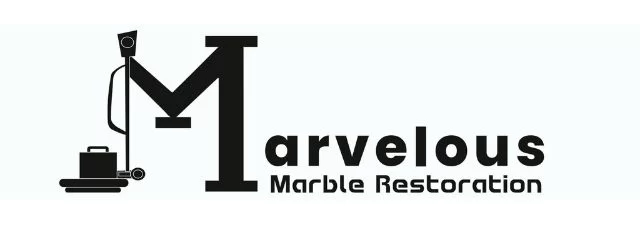
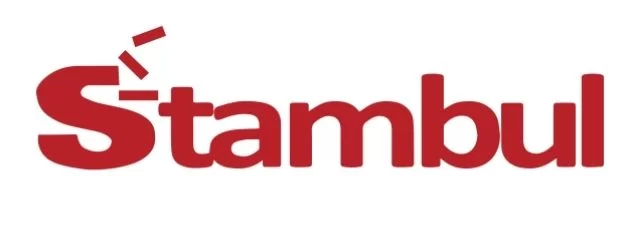
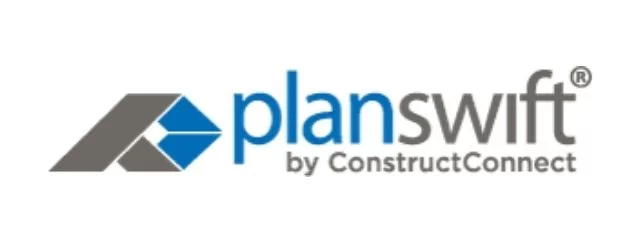
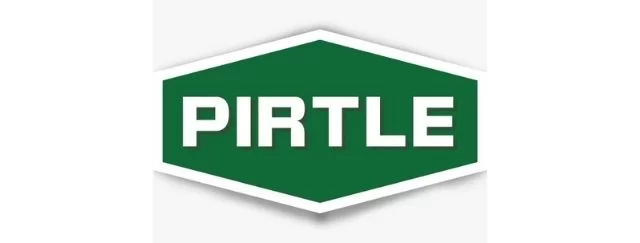

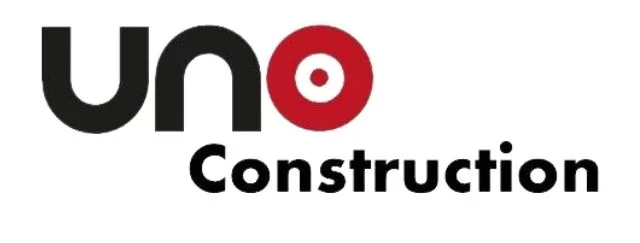
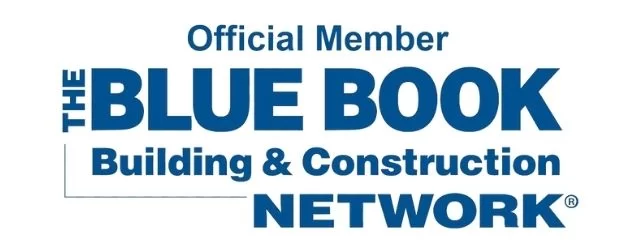
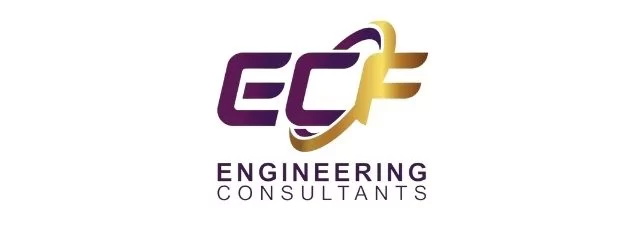
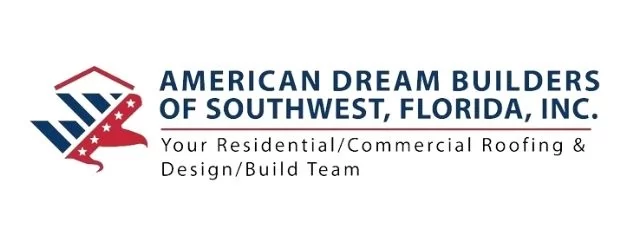


What Our Clients Say?
We take pride in delivering accurate, timely, and reliable estimates that help contractors and builders win more projects. Our clients consistently praise our attention to detail, fast turnaround times, and the positive impact our estimates have on their businesses.
Estimate Florida Consulting has helped us win more bids with their fast and accurate estimates. We trust them for every project!
